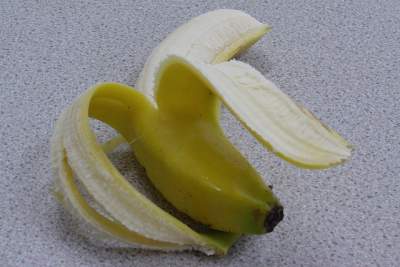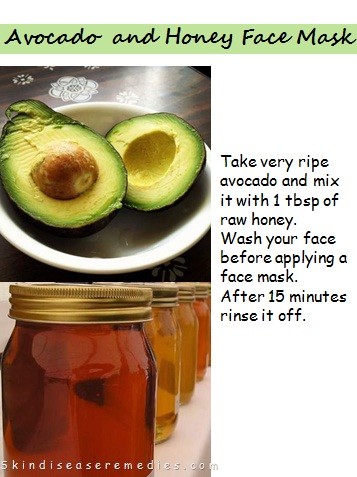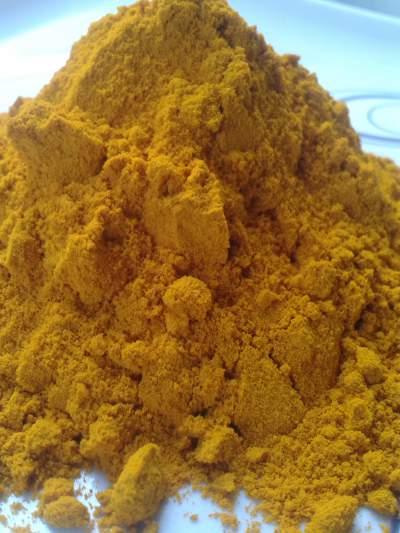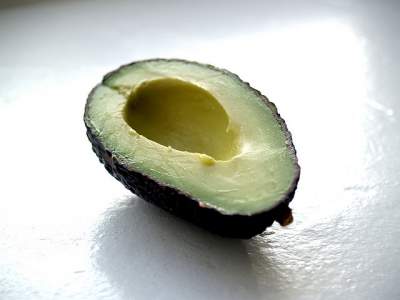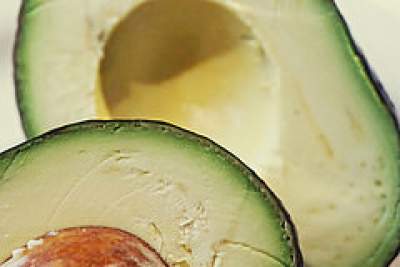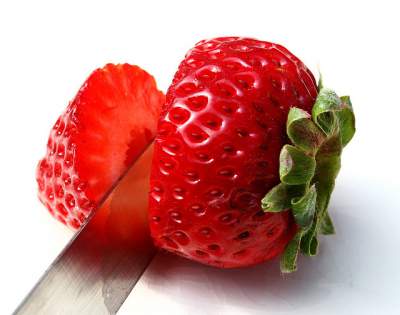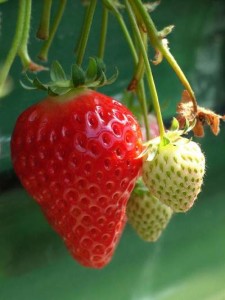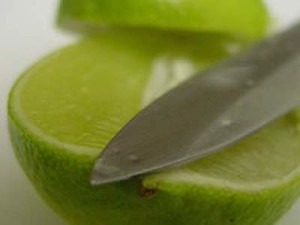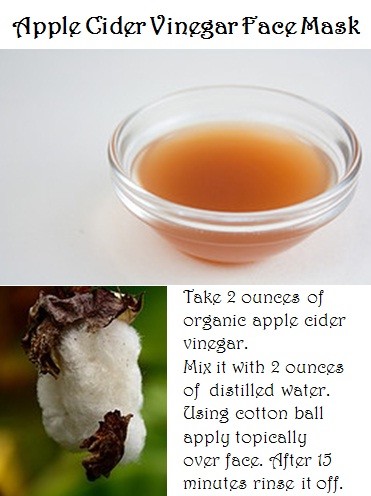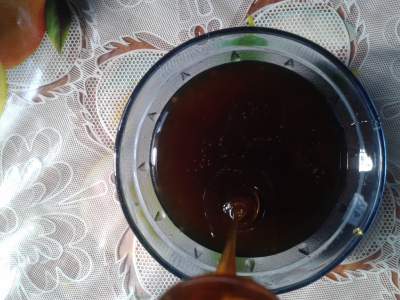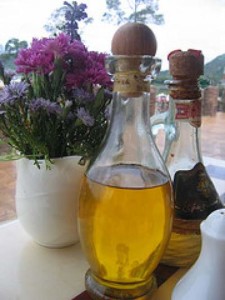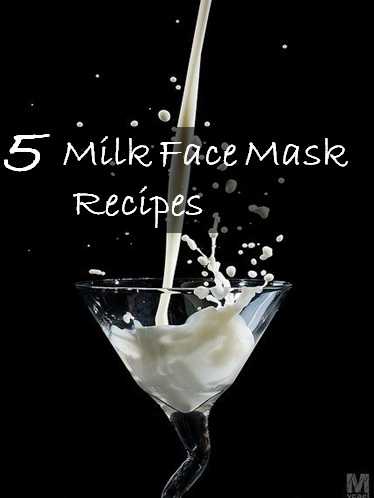
Are you stepping to be a bride or getting ready for a party? You yearn to have spot less, smooth and radiant skin. What if I tell you that you get this right being at home? Yes, you can now ignore those pricey spa visits and turn your kitchen into a beauty spa right now. Milk face mask is one such home remedy that has packed with assorted skin benefits.
Raw milk, which is renowned for its magical health benefits, has been used by ancient queens as a beauty product. Cleopatra an Egyptian queen known for her beauty take bath in milk to obtain whitening skin. Just in case if you aren’t happy with the aroma of raw milk, mix it with other natural ingredients.
Why Milk is good for Skin?
The milk you and I drink is not nutritious. It’s boiled and pasteurized to increase its life. The raw milk is packed with exceptional nutrients, like calcium, potassium, magnesium, lactic acid, vitamin B12, B6, A and vitamin D2. These properties makes your skin pores firm by unclogging them, rebuild tissues, stimulates collagen production, enhance elasticity and hydrates your skin from the outside.
- Lactic acid: It’s a type of alpha hydroxy acid (AHA), which removes dead skin cells and helps in regeneration of new cells.
- Vitamin A: Dehydration results in dry and itchy skin, properties in vitamin A heal dry and itchy skin.
- Vitamin B6: Moisturizes and enhances new cell generation.
- Vitamin B12: Reduce hyperpigmentation and fades acne scars.
- Protein and other properties help to repair damaged tissue resulting in overall supple skin.
5 Raw Milk Face Mask/Pack
1. Honey and Milk Face Mask for Dry Skin
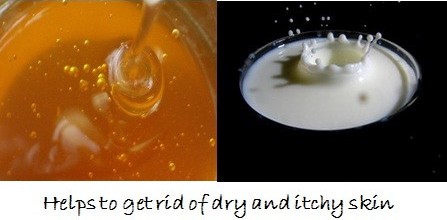
We aren’t new for extolling benefits of honey, its antimicrobial and anti-bacterial thwarts infection causing bacteria. Antioxidant and anti-inflammatory properties soothe acne blemishes. Renowned as humectant agent, honey moisturizes your dry itchy skin.
Things you’ll need
- Raw milk – 1 tbsp
- Raw honey – 1tbsp
Pasteurized or homogenized milk lack innate properties. Mix raw honey to raw milk in required quantities. Prepare your face by washing it and pat dry. Using cotton ball apply the face mask over the skin evenly. Leave it for 15 minutes and then rinse it off.
Apply this face mask when the skin is still damp. You can use it on acne prone skin to treat acne blemishes.
Also read: Honey and lemon face mask for acne
2. Oatmeal and Milk Face Mask as a Cleanser
Absorbing properties in oatmeal helps to clean excess oil and dirt over the skin. Because of its mild rough texture it can easily shed dead cells from skin and hydrate at the same time.
Things you’ll need
- Raw milk – 1 tbsp
- Grounded oatmeal – 1 tbsp
In a clean bowl, mix these two ingredients. Prepare your face by washing and pat dry with a soft cloth. Optionally you can mix raw honey or manuka honey if you’ve pimples. Don’t press or squeeze blemishes. Use cotton ball to apply topically. Leave it for 15 minutes and rinse it off with water.
3. Milk and Banana Face Mask as a Moisturizer
Vitamin A and E housed in banana fades dark spots and thwarts free radicals resulting in wrinkle free skin. Potassium and vitamin B also hydrates skin and lightens acne blemishes.
Things you’ll need
- Ripe Banana – 1/3
- Milk – 1 tbsp
Mash banana or blend it by adding milk. After mixing it thoroughly apply on prewashed face. Leave it for few minutes then rinse it off with water. This face mask leaves your skin moist and hydrated.
Also read: Banana face mask for dry skin
4. Milk, Lemon and Turmeric Face Pack for Acne Prone Skin

Turmeric is an Asian spice filled with antioxidant, anti-inflammatory and anti-aging properties. It lightens dark spots, acne scars, hyperpigmentation and treat skin diseases like acne, eczema and rosacea. Lemon known for its acidic properties makes an unfriendly environment for disease causing bacteria. It also lightens dark spots and acne blemishes.
Lemon may make your skin sensitive, so limit its use.
Things you’ll need
- Lemon juice – few drops
- Milk – 1 tbsp
- Turmeric – a pinch
Mix all ingredients in equal quantities. To open up the pores, do facial steaming or wash it with lukewarm water. Apply the face mask in circular motion. Leave the face mask for 15 minutes and then rinse it off.
Don’t worry if you see yellow stains within few hours you can fade them. Else limit turmeric use.
Also read: Turmeric face pack benefits
5. Papaya and Milk for Face Whitening
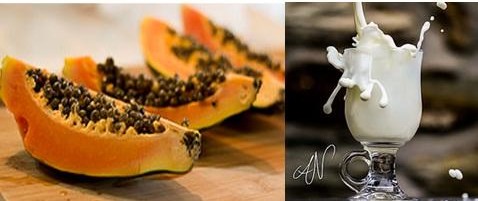
Peel papaya fruit and blend it into smooth paste. Mix 2 tbsp of raw milk to it. Wash your face and be prepared for home spa treatment. Properties in papaya will enhance your skin texture and rejuvenate it. Using clean fingers apply face mask over face in circular motion. Let exceptional properties of milk and papaya start affecting your skin. Rinse it off after 15 minutes and pat dry with cotton cloth.
Recommended: Papaya face mask for skin whitening
If you’re lazy or don’t want to entertain other ingredients with milk. Using cotton ball apply raw milk over prewashed face regularly. This will nourish and hydrate your skin.
Milk face mask benefits include reducing hyperpigmentation, healing minor sunburns, hydrating skin, treating acne and fading acne scars.
Important note: Though you might have seen many beauty blogs extolling milk face mask benefits, we all lack data to back our claims, anyhow feedback from people who use milk shows a positive sign.
Image source: 1, 2, 3, 4, 5, 6
